It’s time to go for a run. But what if instead of packing a gym bag or driving to your nearest park, you just stepped outside your door? Maybe you imagine it’s boring, or maybe you have never run outside. If safe, running in your neighborhood is a blast of convenience that can help you run more miles in less time. And it’s not as bad as you think.
Advantages to running in your neighborhood
- You don’t have to drive there, which means no car seat sweat, no muscles stiffening on the ride home, and no big deal if you forget something. You just spin on your heel and unlock the door.
- Convenient. No travel time, your run is as long as your run is. Not your run + 30 minutes of traffic.
- Your neighborhood doesn’t close at dusk, like many parks. While you may not feel safe running after dark, you won’t have a cop waiting by your car if your run goes longer than planned (has happened).
- Your neighborhood is possibly quieter than parks or the gym. There will be less shuffling to pass people or waiting for a treadmill to open.
- On long runs, you can pass your house multiple times to use the bathroom or grab water. No need to carry EVERYTHING.
Disadvantages to running in your neighborhood
- Crappy sidewalks or no sidewalks
- Small isolated neighborhoods make planning long routes difficult
- Traffic or lots of intersections
- Boring views. I mean, they’re just houses.
- Reminder of your yard work. My neighbors are so much better at lawn care than me.
- You may feel awkward. That’s normal, but lots of people run in their neighborhood. It feels less awkward as you do it more and less awkward for the next person considering it when they notice you out there.
Where do I run?
I live in midtown Savannah. It’s a small city. Most of the roads are laid out on a grid and I am within running distance of a couple of parks. On a long run, I can make it downtown to dodge tourists on River Street.
Savannah is really old and we have this thing about giant oak trees. They are very nice for shade, but very awful for sidewalks.
Sometimes I run on the pavement if the road isn’t a busy one.
Some roads have bike lanes, which pedestrians can use facing traffic.
Since I live in the city I pick roads based on traffic and a feeling of safety. I spend a lot of time running through neighborhoods or doing laps in a park.
Starting to run outdoors
- Grace, grace, grace! Give yourself time to adjust. You may be working harder and moving slower than you do on a treadmill. That’s OK and normal. It takes time for your body to adjust.
- Dress for 20 degrees warmer than the thermometer says.
- In low-light times, dress brightly. Why else do you think you runner shorts come in fluorescent green?
- No matter how fast you run, you are still a pedestrian. Run against traffic on the road. On sidewalks, stay to the right and pass on the left. Let those walkers know you’re coming with an “on your left” remark.
- Make sure you can hear traffic, mountain lions, and speed walkers — don’t turn your music up too loud or keep one ear bud out.
How to prevent boredom while running in your neighborhood
Is your neighborhood boring? Maybe you can’t see mountains or a beautiful body of water from your cul-de-sac. Maybe all the houses are cookie cutter and one of three association-approved colors.
- Use your senses besides visual – use your ears to listen to music or books. Listen for birds and mountain lions. Smell the flowers. Feel the sun on your shoulders and the asphalt underneath your feet.
- Take a left instead of a right. Even if your usual route makes more sense, sometimes it’s nice to check out less-stomped grounds.
- Find a loop vs an out-and-back. Keep a boring scene to just once during your run, instead of twice.
- Measure by suburban things. Run past 20 red doors or tap 10 stop signs before turning around. Count how many “Clean up after your dog” signs people have posted in their yards.
- Sprint or stride 1 block, then recovery jog 1 block. Repeat.
- Fartleks (unstructured speedwork) is fun in neighborhoods, because of all the visual points. Run fast to the next mailbox or street sign, then slow down. Pick a new point and repeat when you’re ready.
- Don’t run all your runs in your neighborhood! Do your short, easy runs from your door for convenience sake. Then, join a weekend running group (the members go all different paces, I promise!) and do your long runs in a park or some other place to vary your scenery.
If you feel safe, I definitely recommend running in your neighborhood. Doing it a couple times opens up the option for you when you can’t make it to the gym. Running is already hard. It becomes easier if you don’t always have to travel some place to do it.

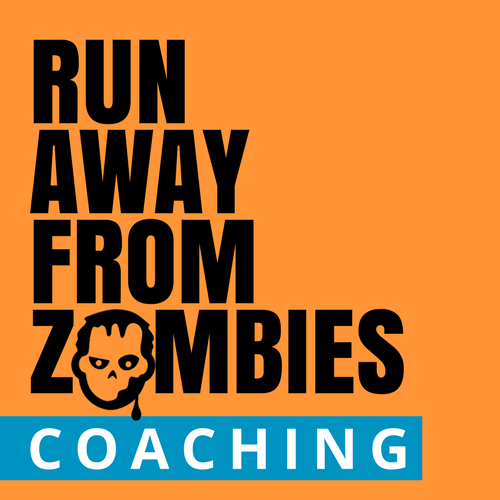
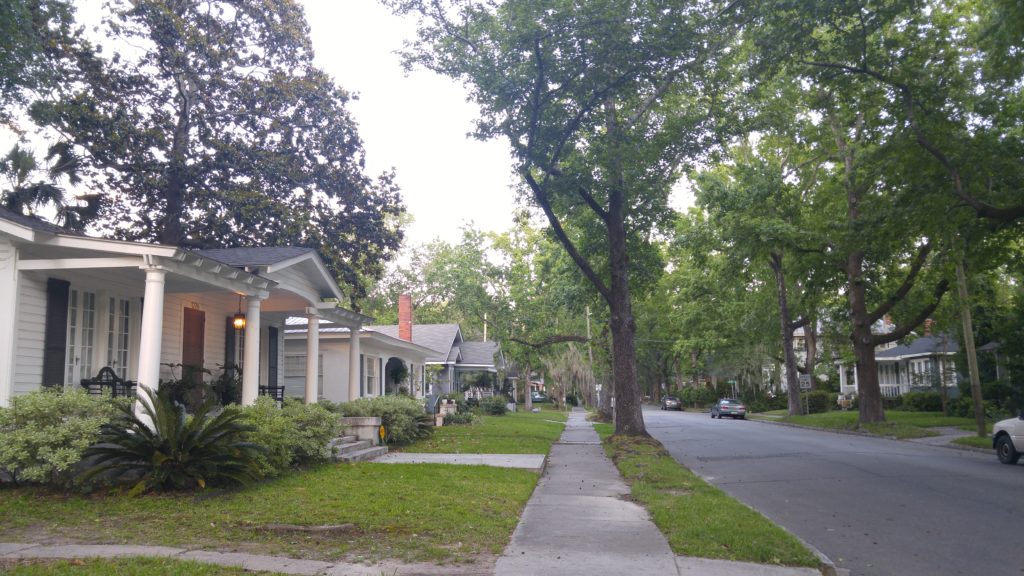
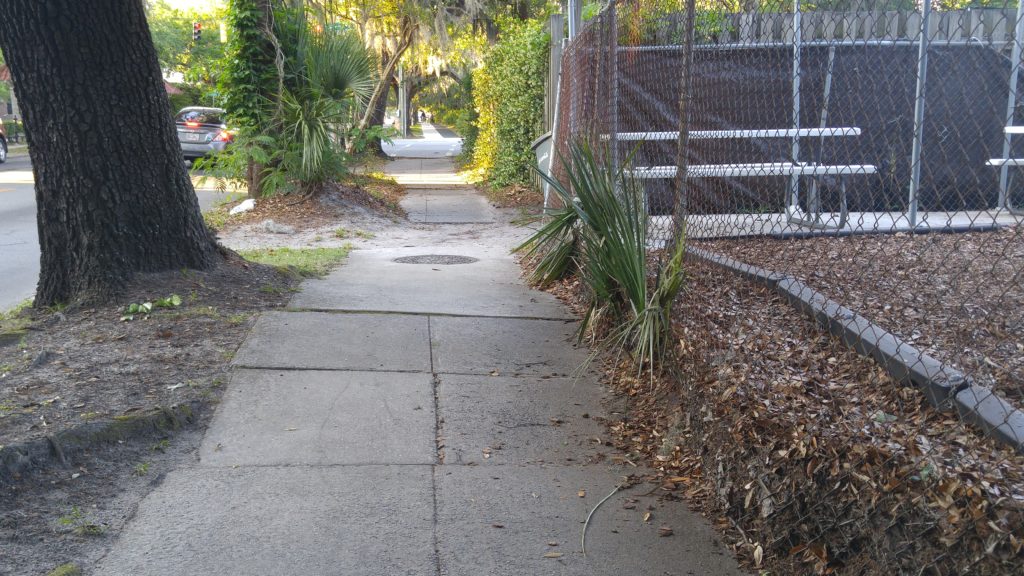
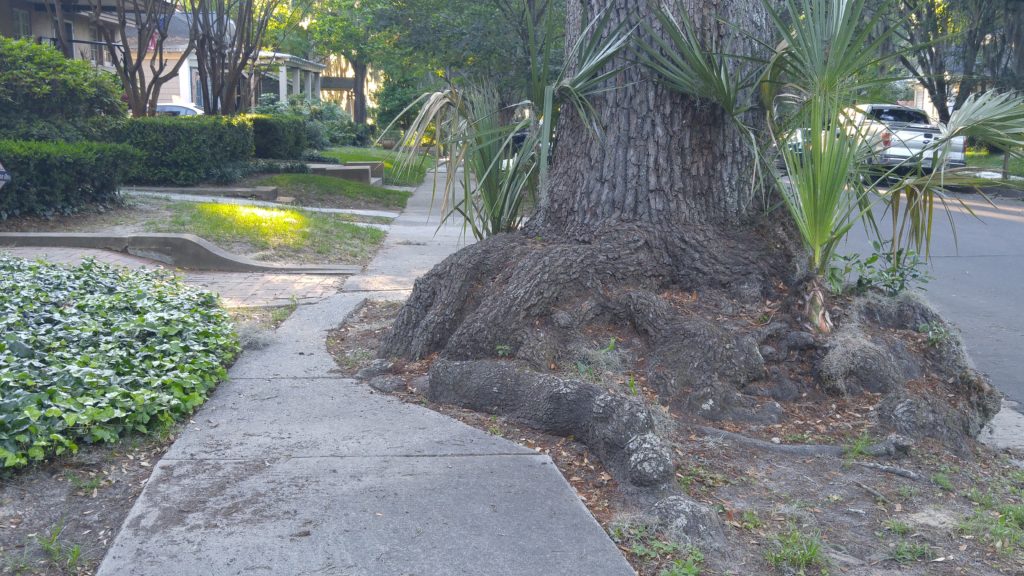
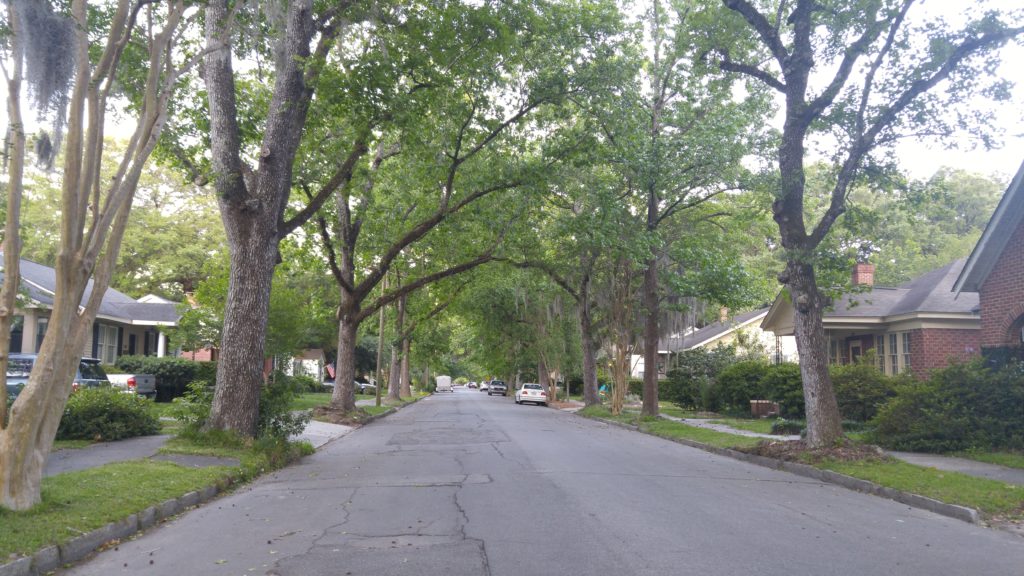
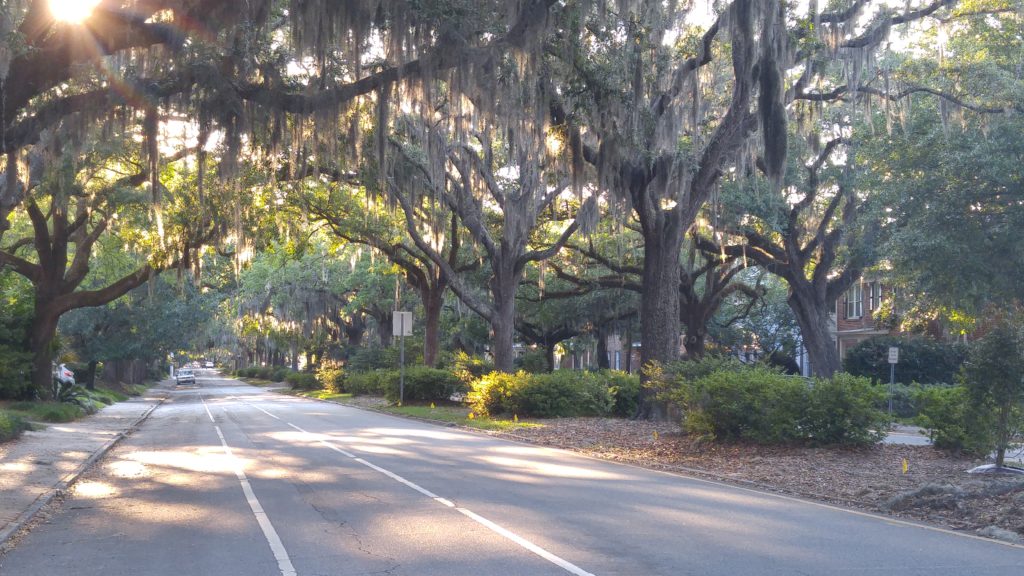

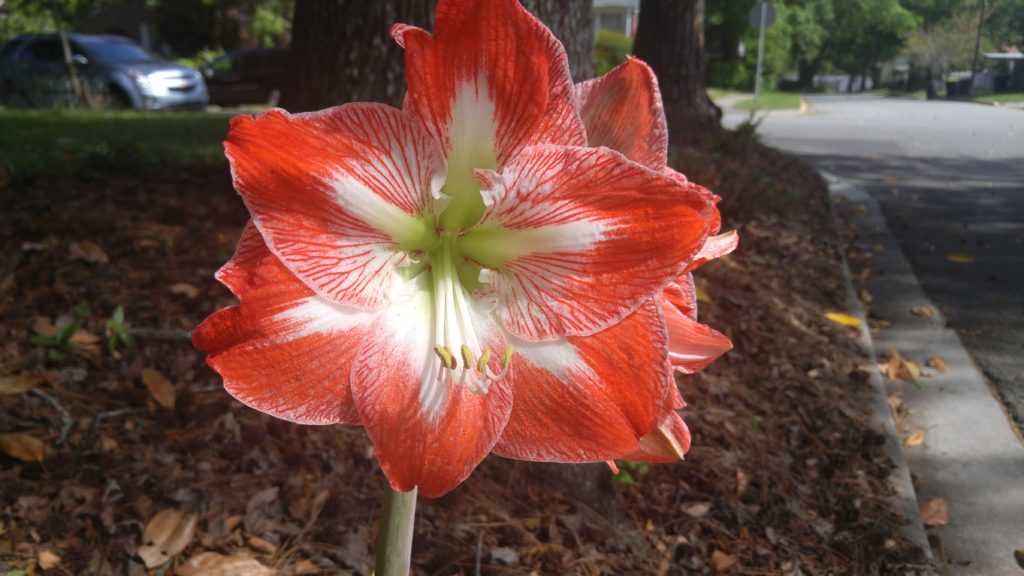
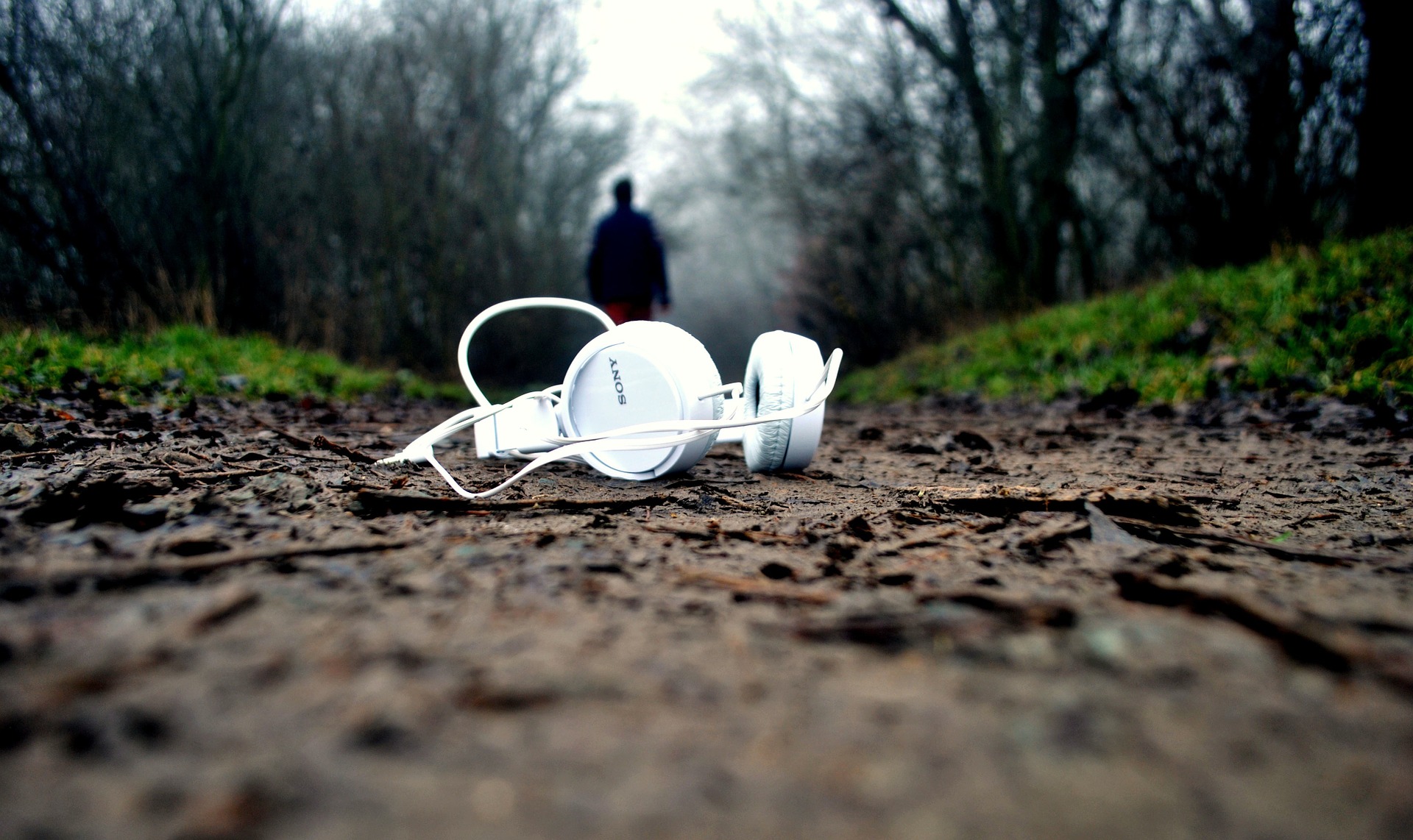

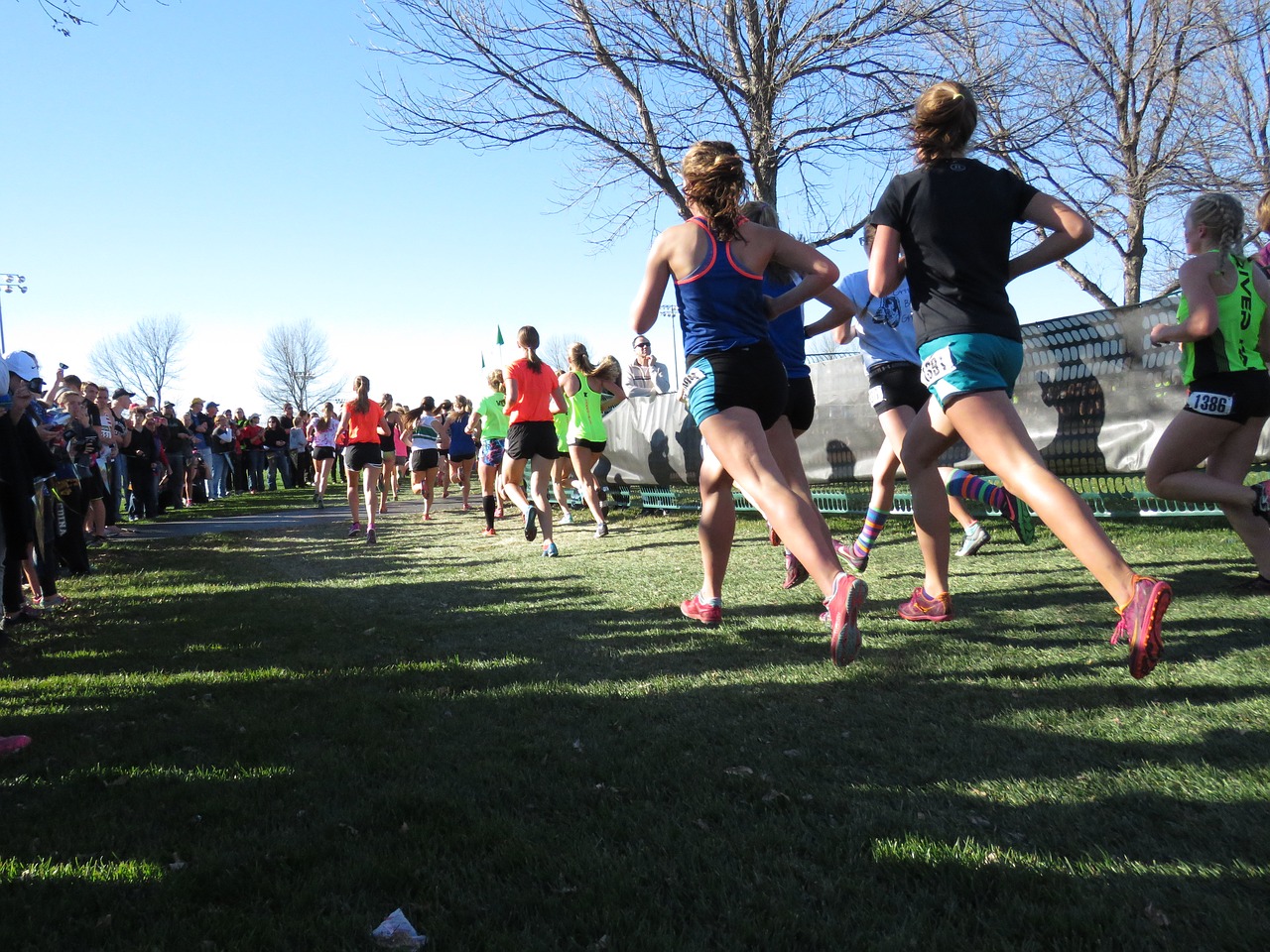
I run in a National Park most of the time. There are no mountain lions (as far as I know), but have seen alot of deer, some snakes and lizards during the warmer whether. I also see other runners, walkers, dogs and families….and don’t forget the hills, rocks, and roots. Plenty to do there.
I love that park!!
I couldn’t refrain from commenting. Perfectly written!